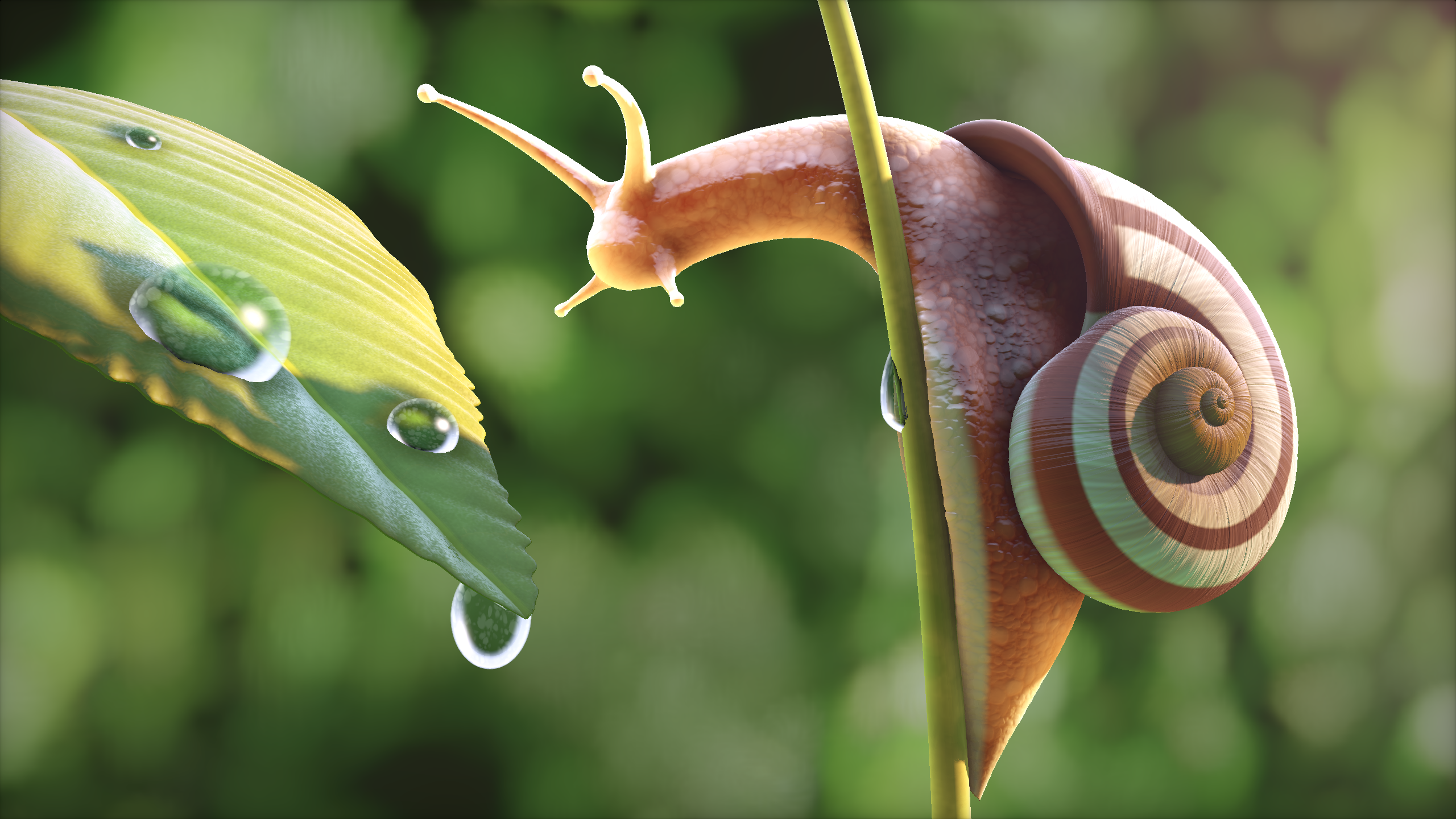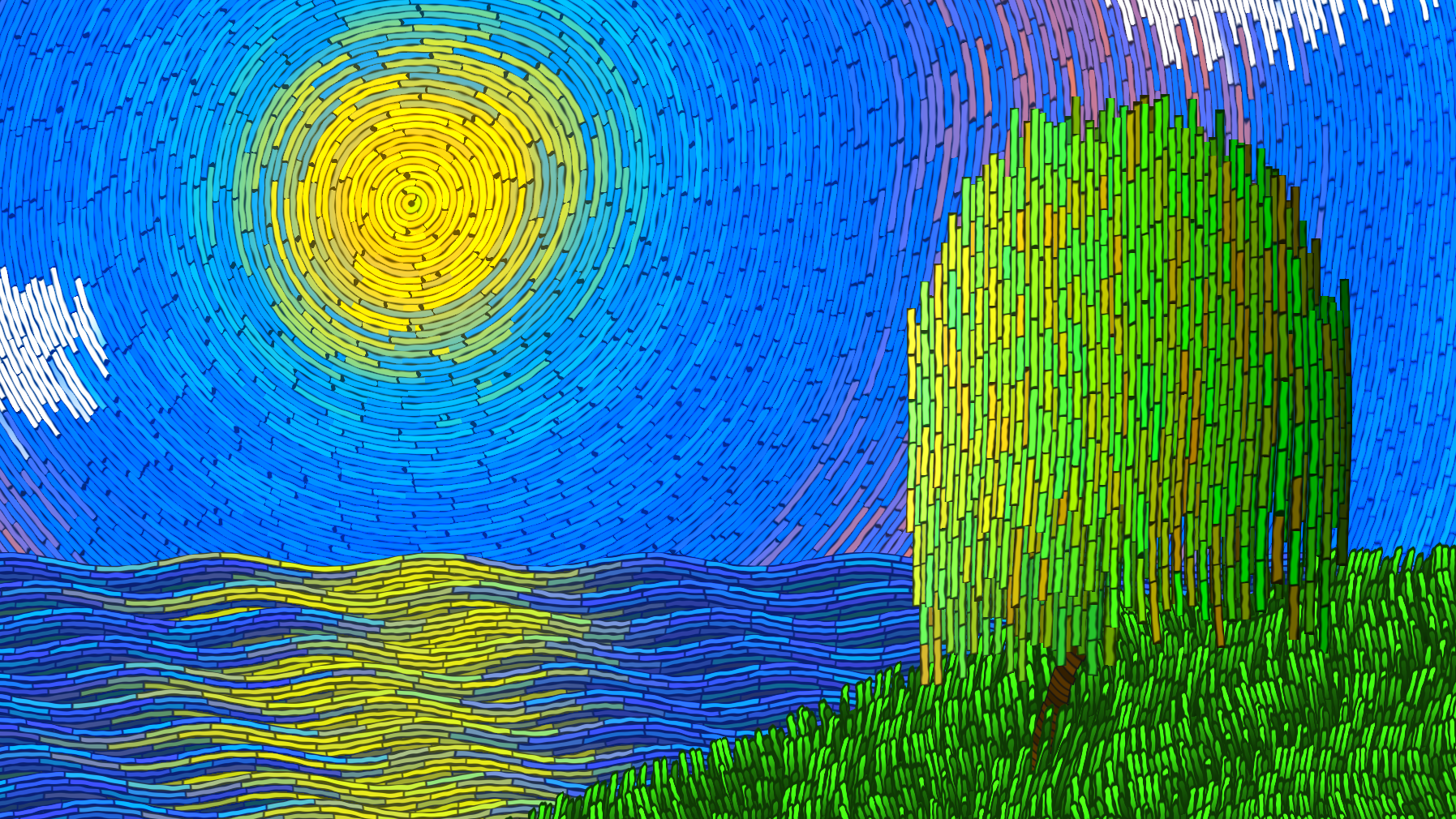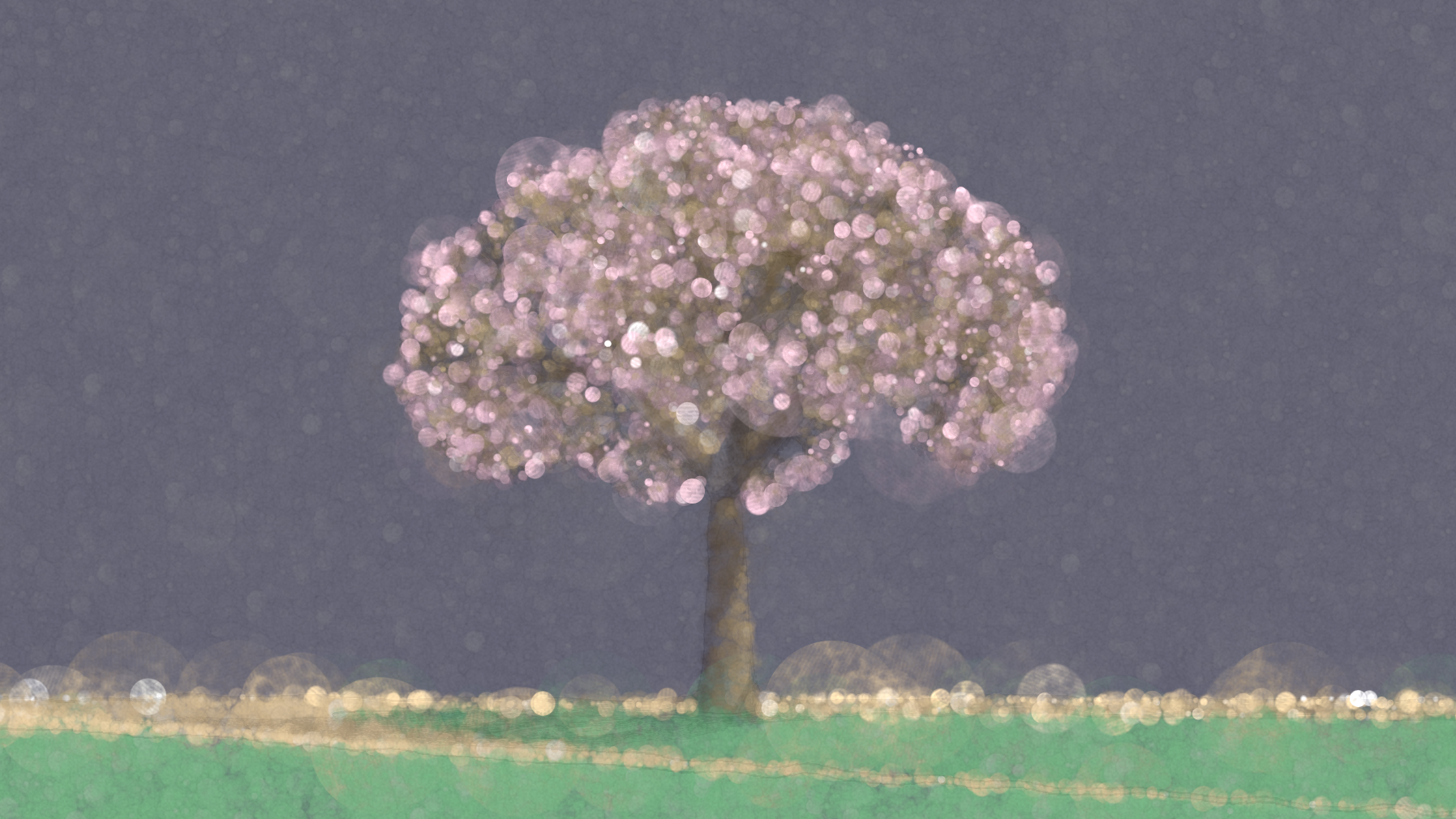

Shadertoy is a community of coding artists that create two- and three-dimensional images entirely based on mathematics. It's a great source of inspiration for technical Houdini artists especially because the code provided can easily be translated into VEX. Title image "Snail" by Inigo Quilez.

Inigo Quilez, co-creator of Shadertoy, uses fractals, distance fields, and ray marching to craft precise, procedural landscapes and abstract animations, with over 400 open-sourced shaders and educational tutorials on his site.
https://www.shadertoy.com/user/iq

Shane creates experimental procedural shaders with warped geometries and biomorphic forms, like "Biomine," using noise and deformations for dynamic, immersive visuals on Shadertoy.
https://www.shadertoy.com/user/Shane

Nimitz produces cinematic procedural shaders with ray tracing and volumetric effects, creating ethereal scenes like nebulae and fluid simulations using noise and signed distance fields.
https://www.shadertoy.com/user/nimitz

Bitless focuses on minimalist procedural shaders, generating seamless textures and animations with efficient algorithms, emphasizing repetition and emergence for accessible, adaptable visuals.
https://www.shadertoy.com/user/bitless

Dave Hoskins crafts atmospheric procedural landscapes and organic forms using noise functions and ray marching, with shaders like "mts3zf" and tutorials for real-time graphics.
https://www.shadertoy.com/user/Dave_Hoskins

Fizzer, part of the Titan demoscene group, creates dynamic shaders with cellular automata and particle systems, like "Germs," focusing on algorithmic patterns and emergent complexity.
https://www.shadertoy.com/user/fizzer

Kishimisu develops procedural animations and interactive GLSL shaders, such as "mtyGWy," combining geometric abstractions and tutorials to teach shader art for digital artists.